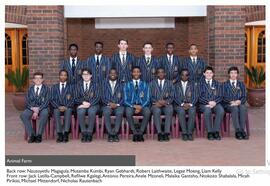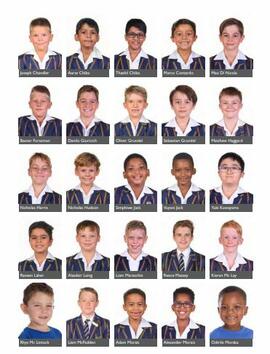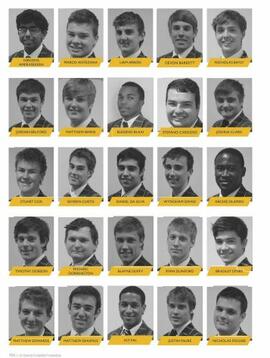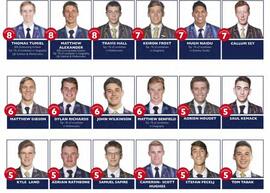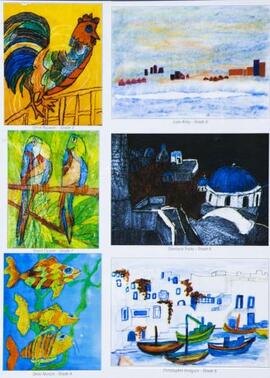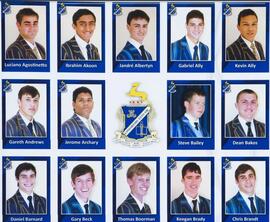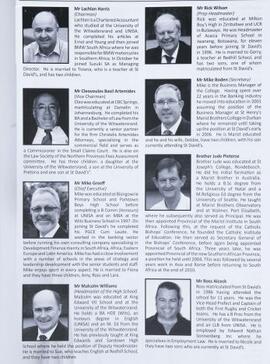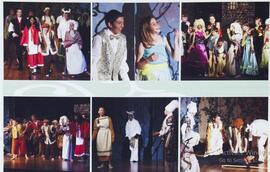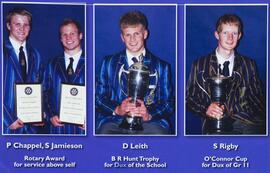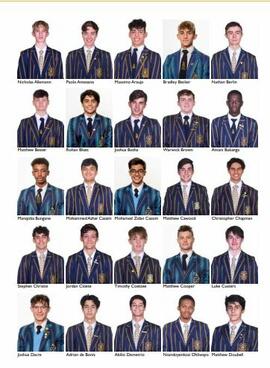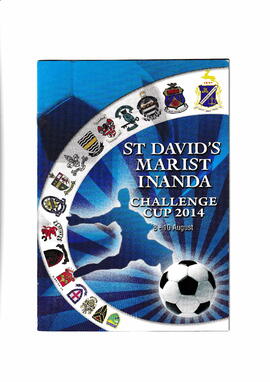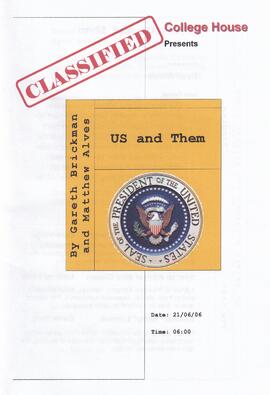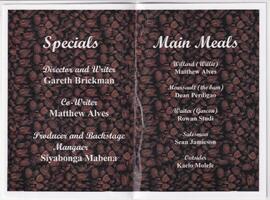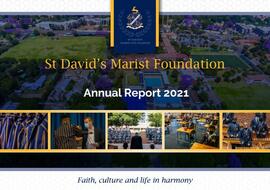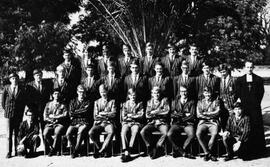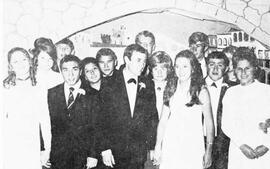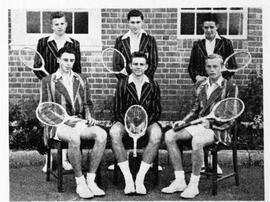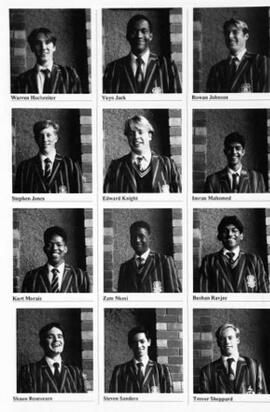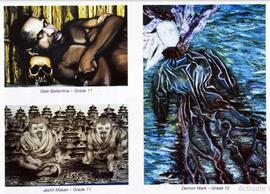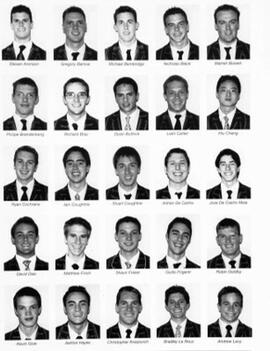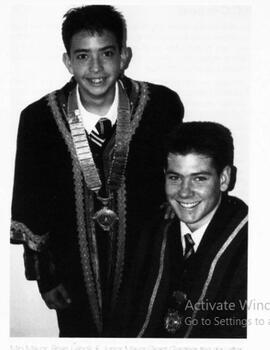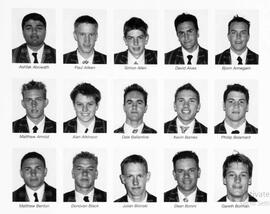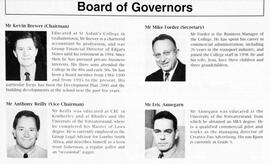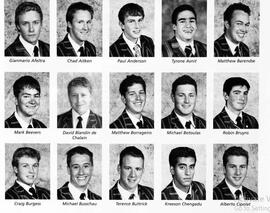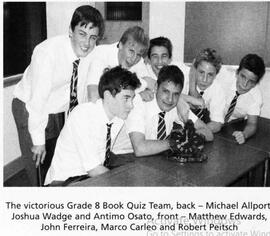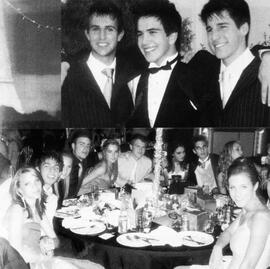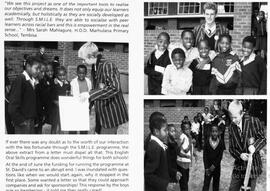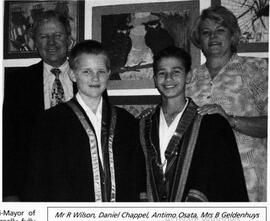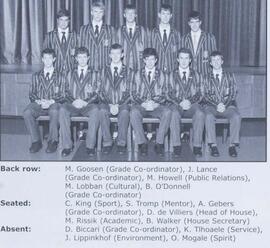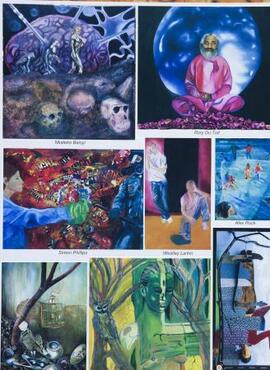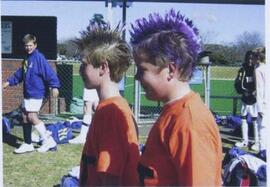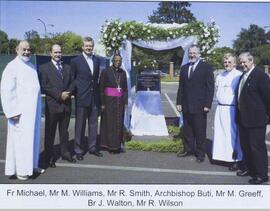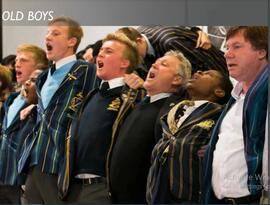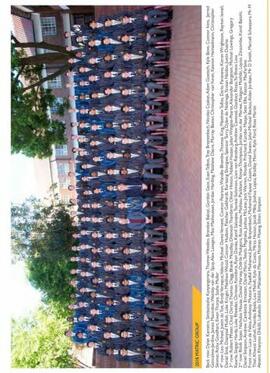Narrow your results by:
- All
- St David's Photograph Collection 1940 -, 5633 results
- St David's Marist Inanda Yearbooks, 216 results
- St David's Marist Foundation Annual Reports, 37 results
- 2011 Around St David's in 70 years, 35 results
- 2012 Jungalaw, 32 results
- Headmasters, Headmistresses and Principals of St David's - Photographs, 24 results
- 2017 Tridents France Water Polo Tour, 22 results
- Constitution of the Board of Governors of St David's Marist College, Inanda, 19 results
- 2006 St David's Marist Inanda England Football Tour. 16th Arsenal International Soccer Festival, 18 results
- Constitution of the Board of Governors of St David's Marist College, Inanda, 17 results
- All
- St David's Marist Inanda, 2789 results
- St David's College Inanda, 407 results
- St David's Marist College, 315 results
- Egenrieder, Julie, 233 results
- St David's Marist Inanda, 89 results
- Marist Inanda, 63 results
- Inanda College, 34 results
- Anderson, Glenda, 5 results
- Marist Brothers, 4 results
- Board of Governors of St David's Marist College, Inanda, 3 results



